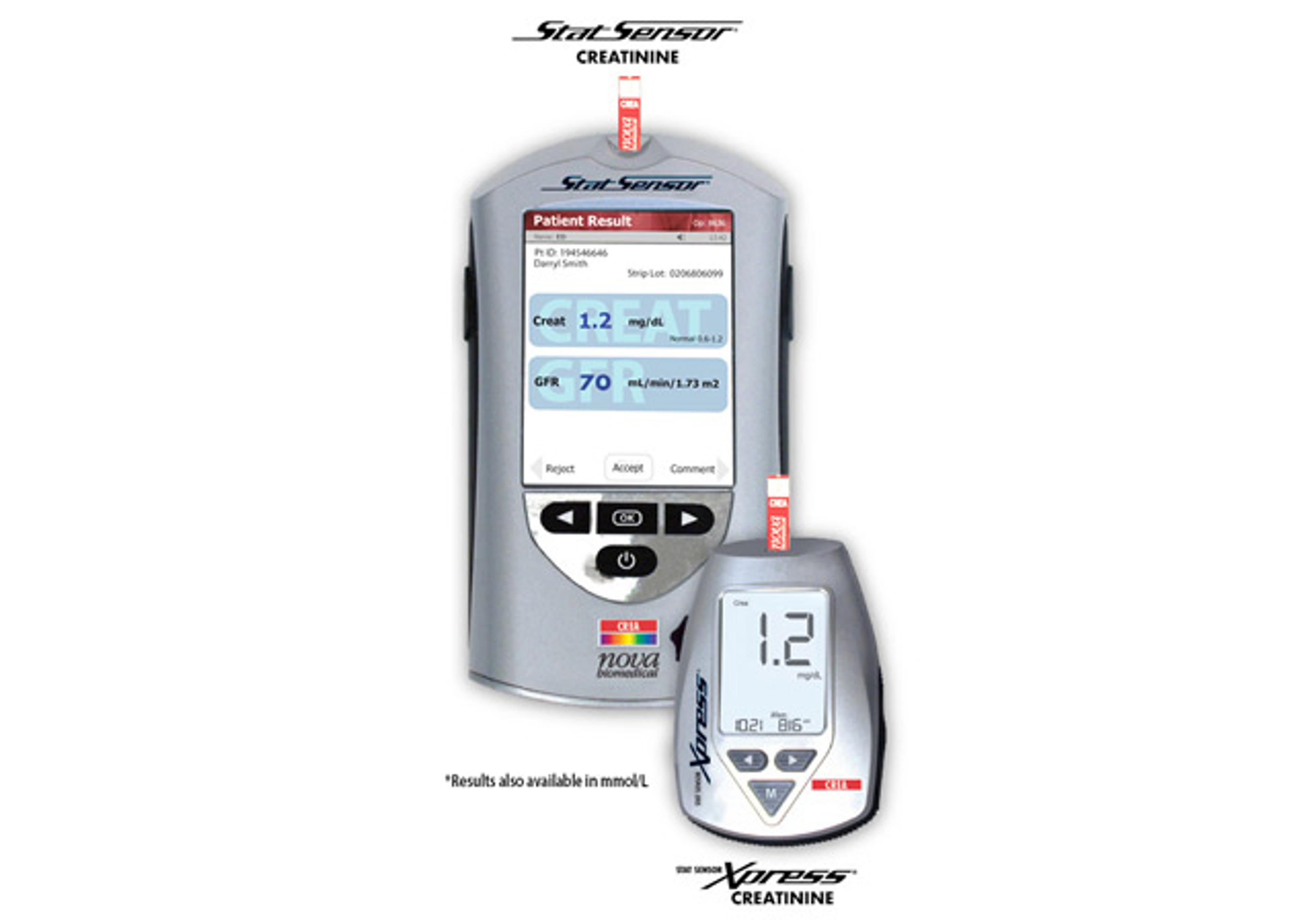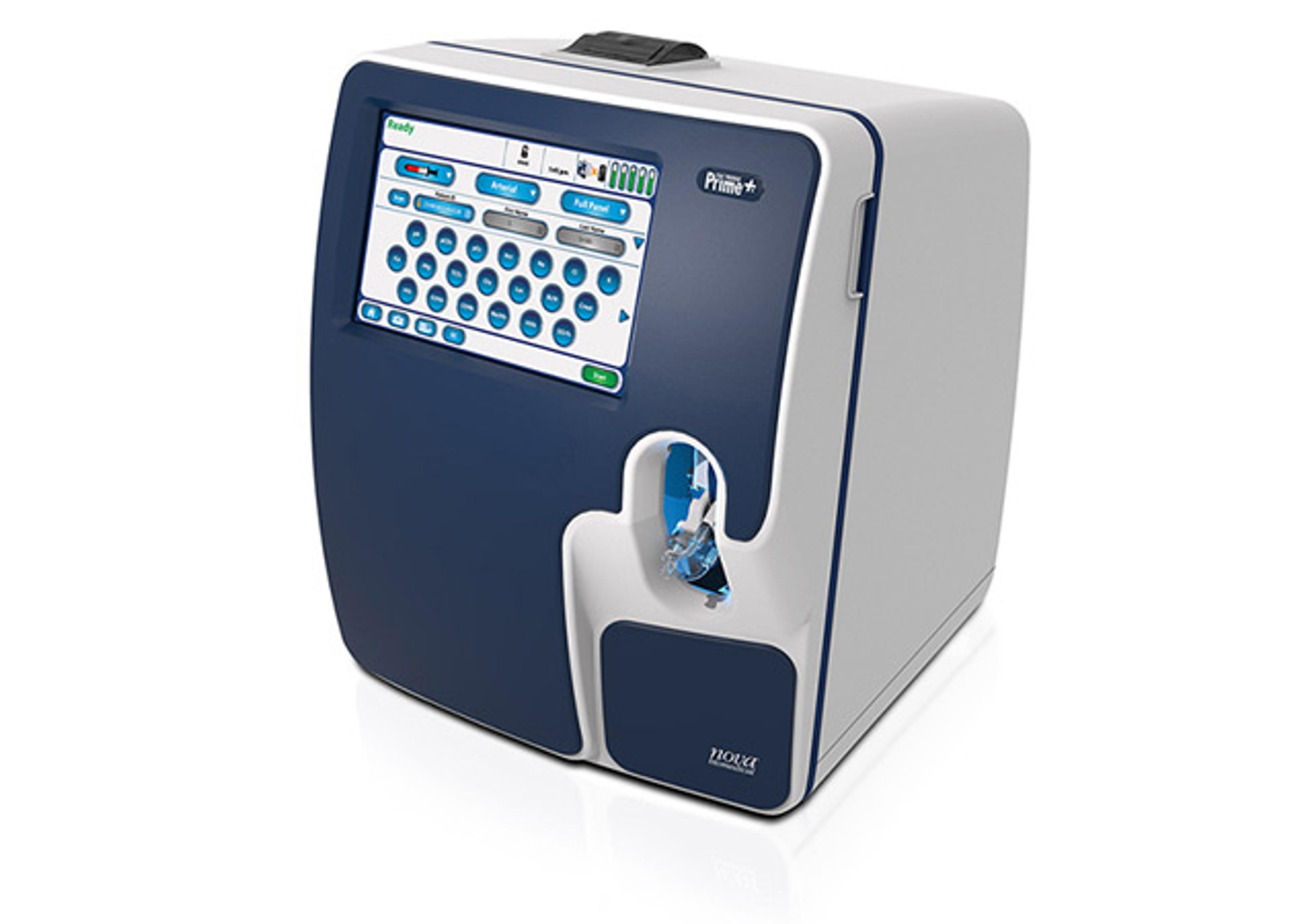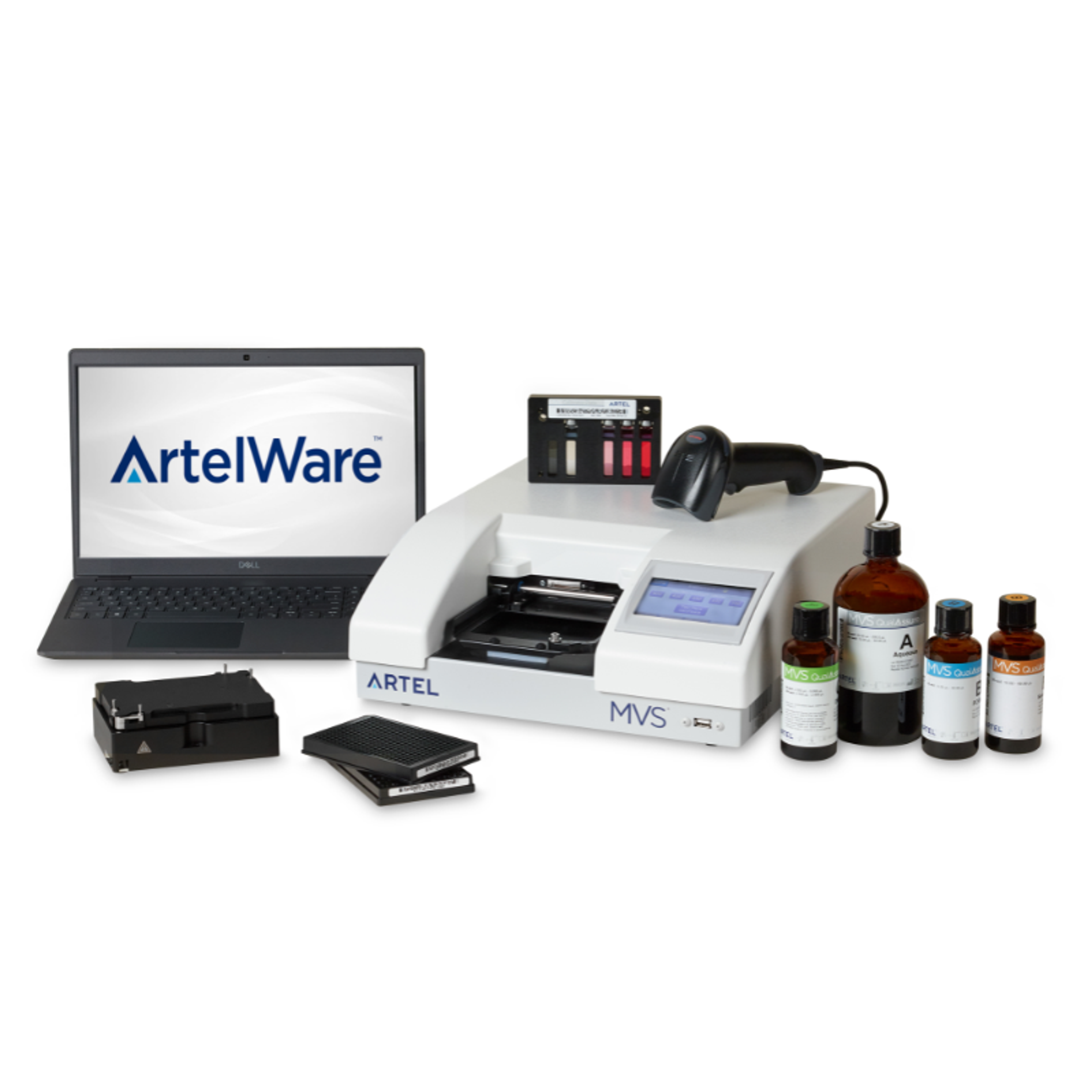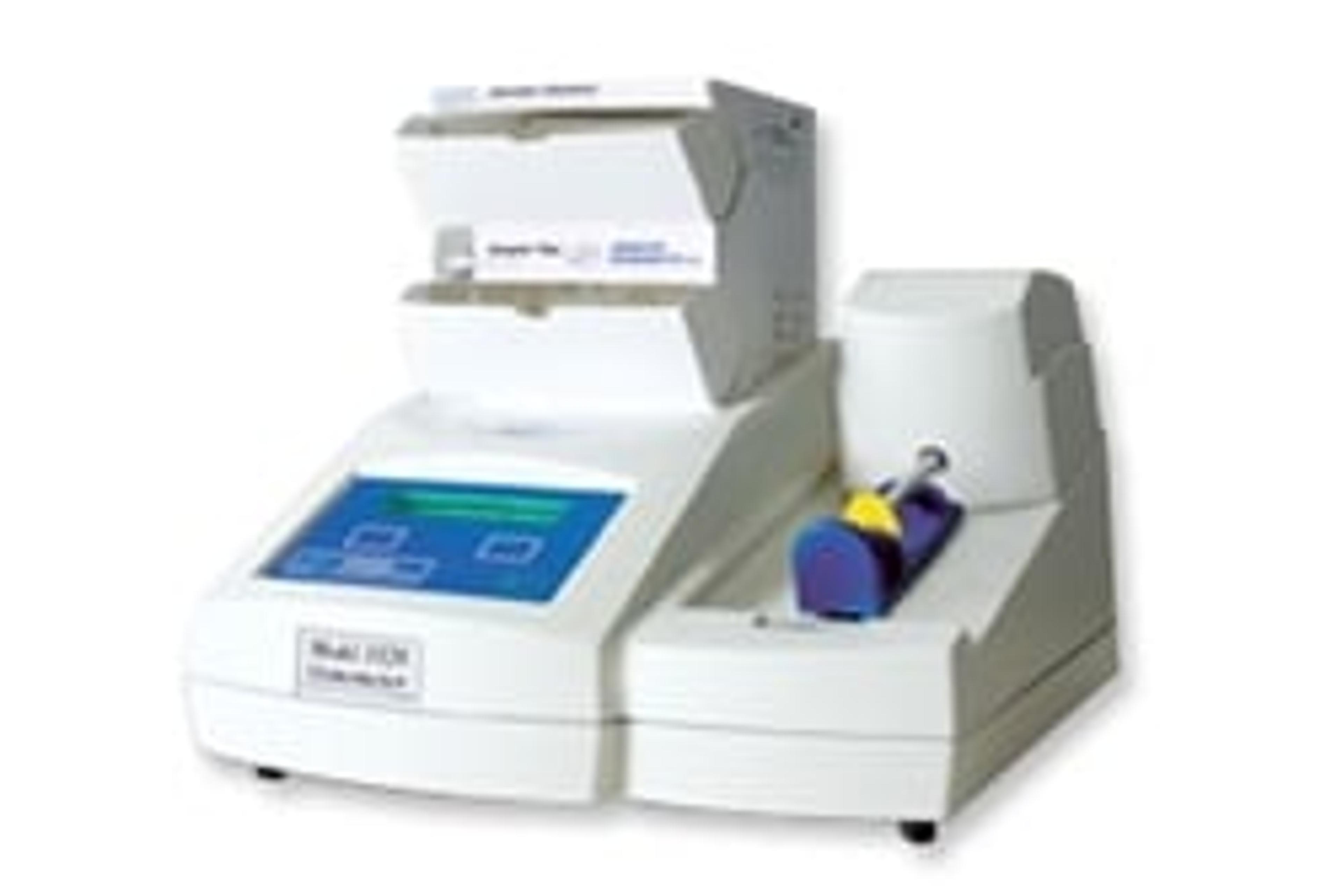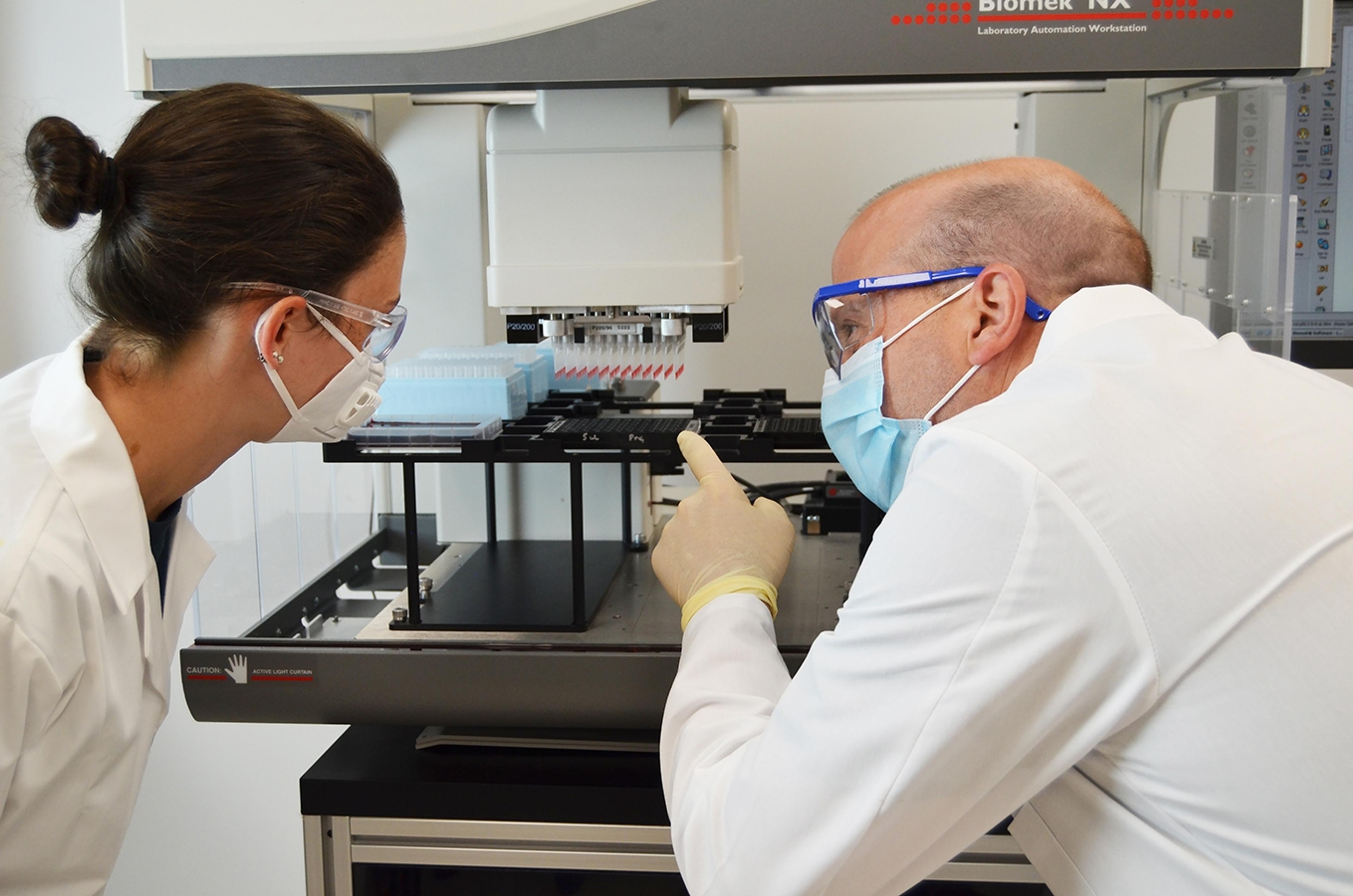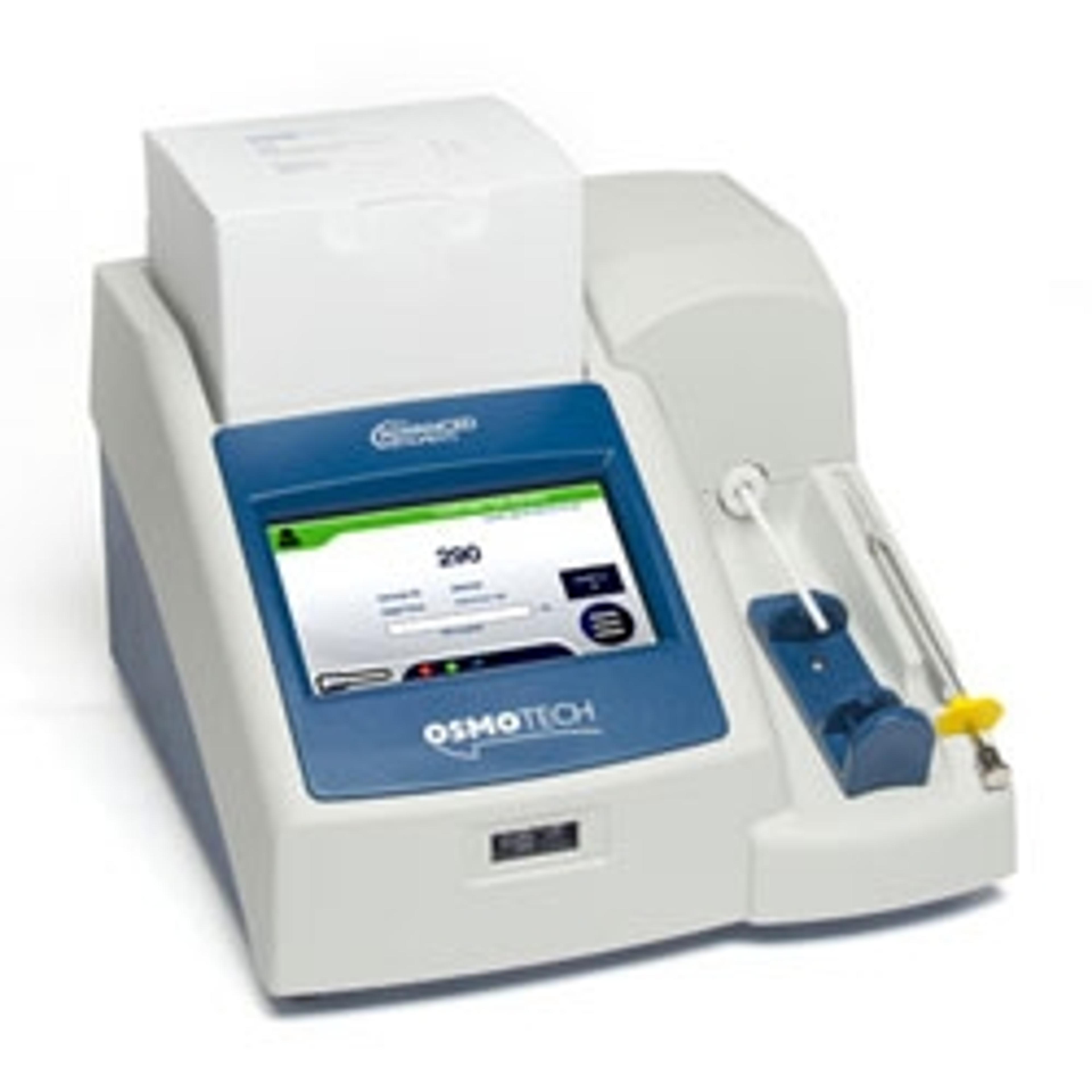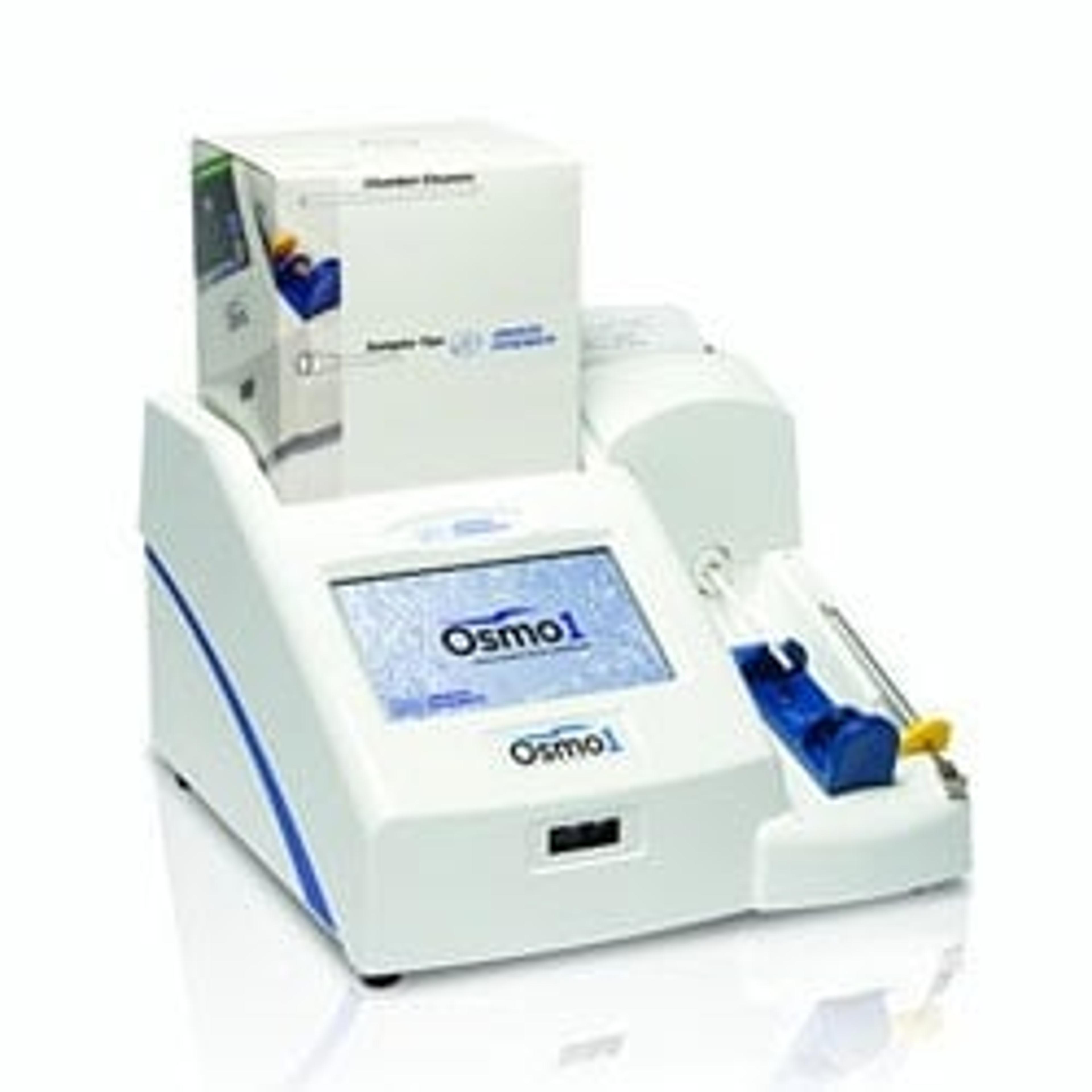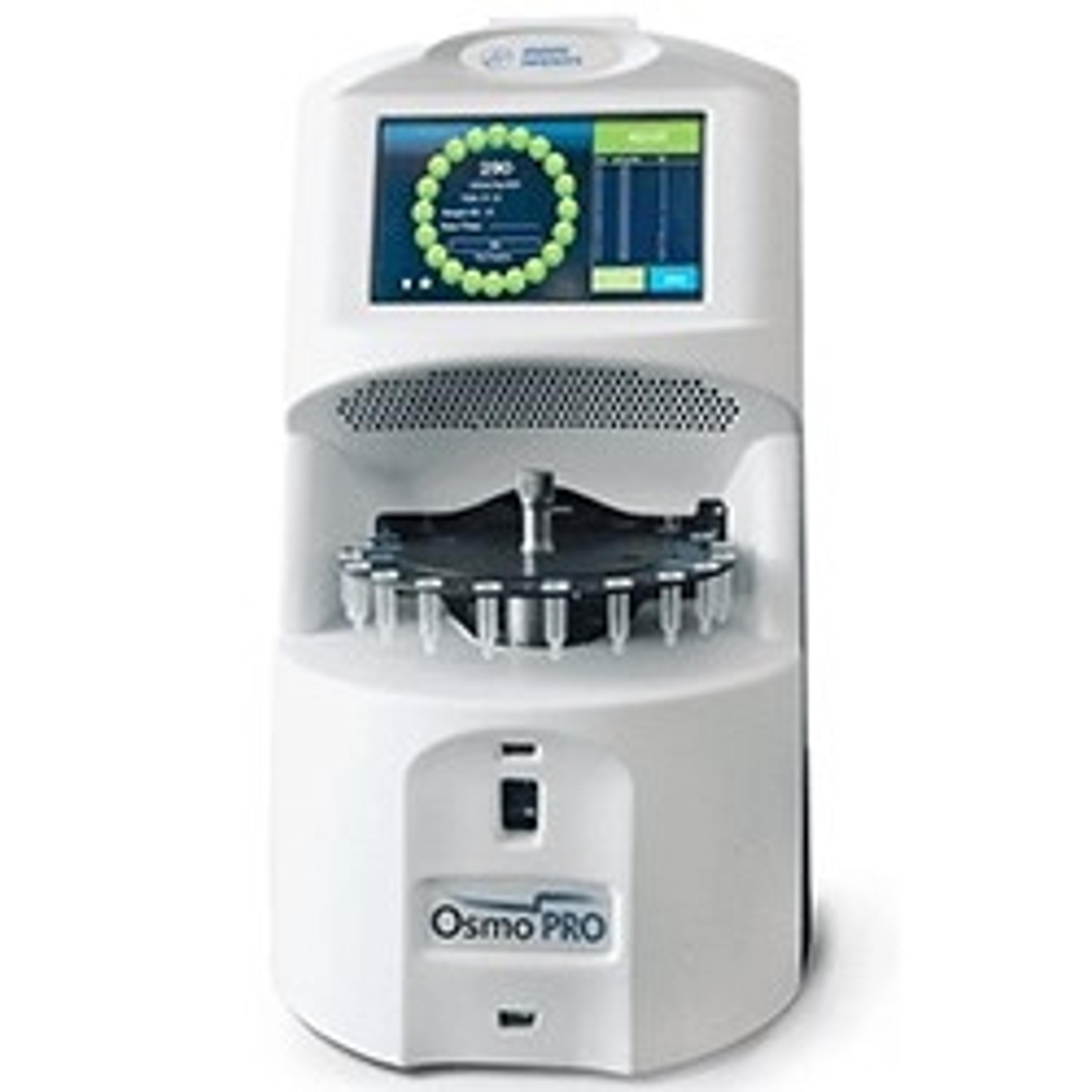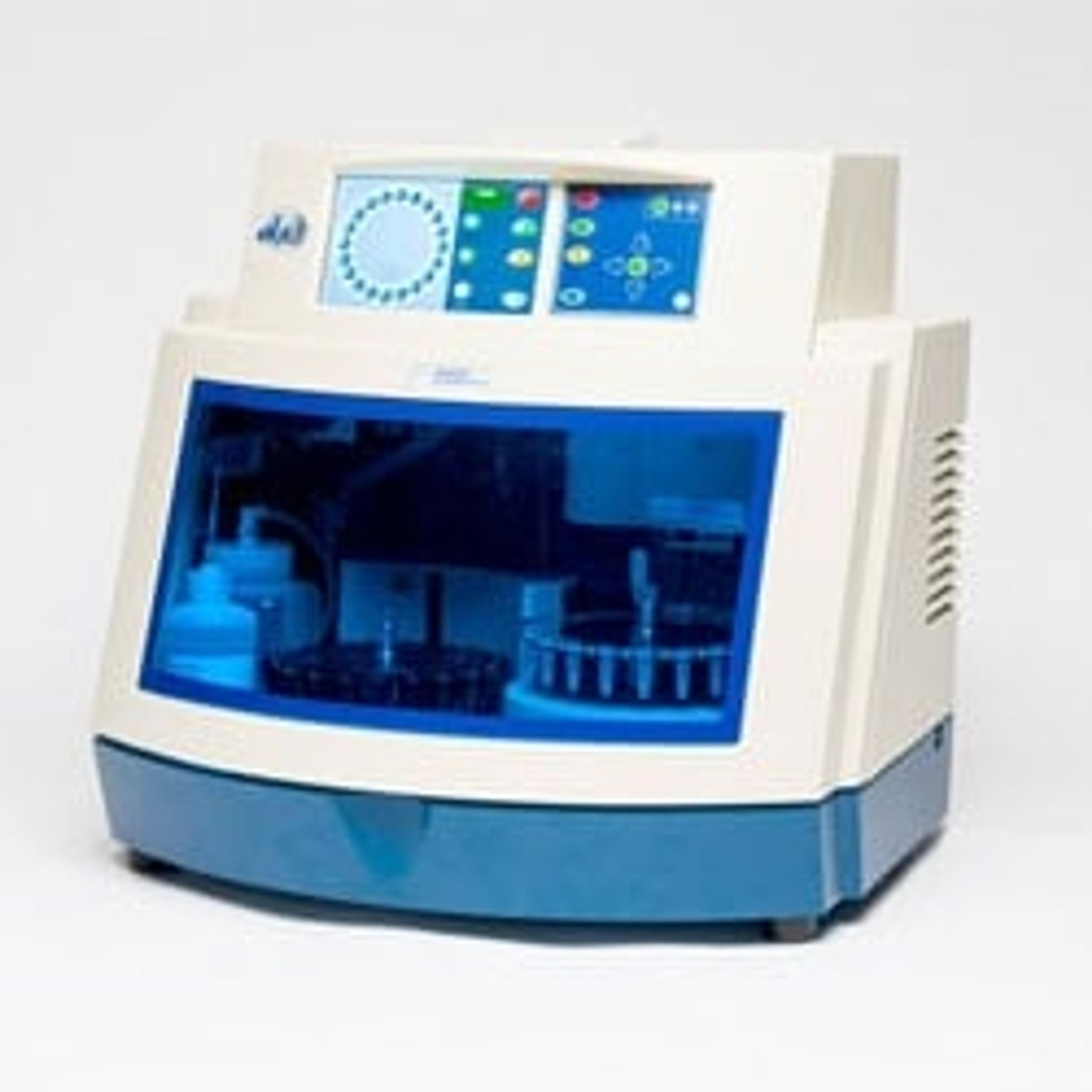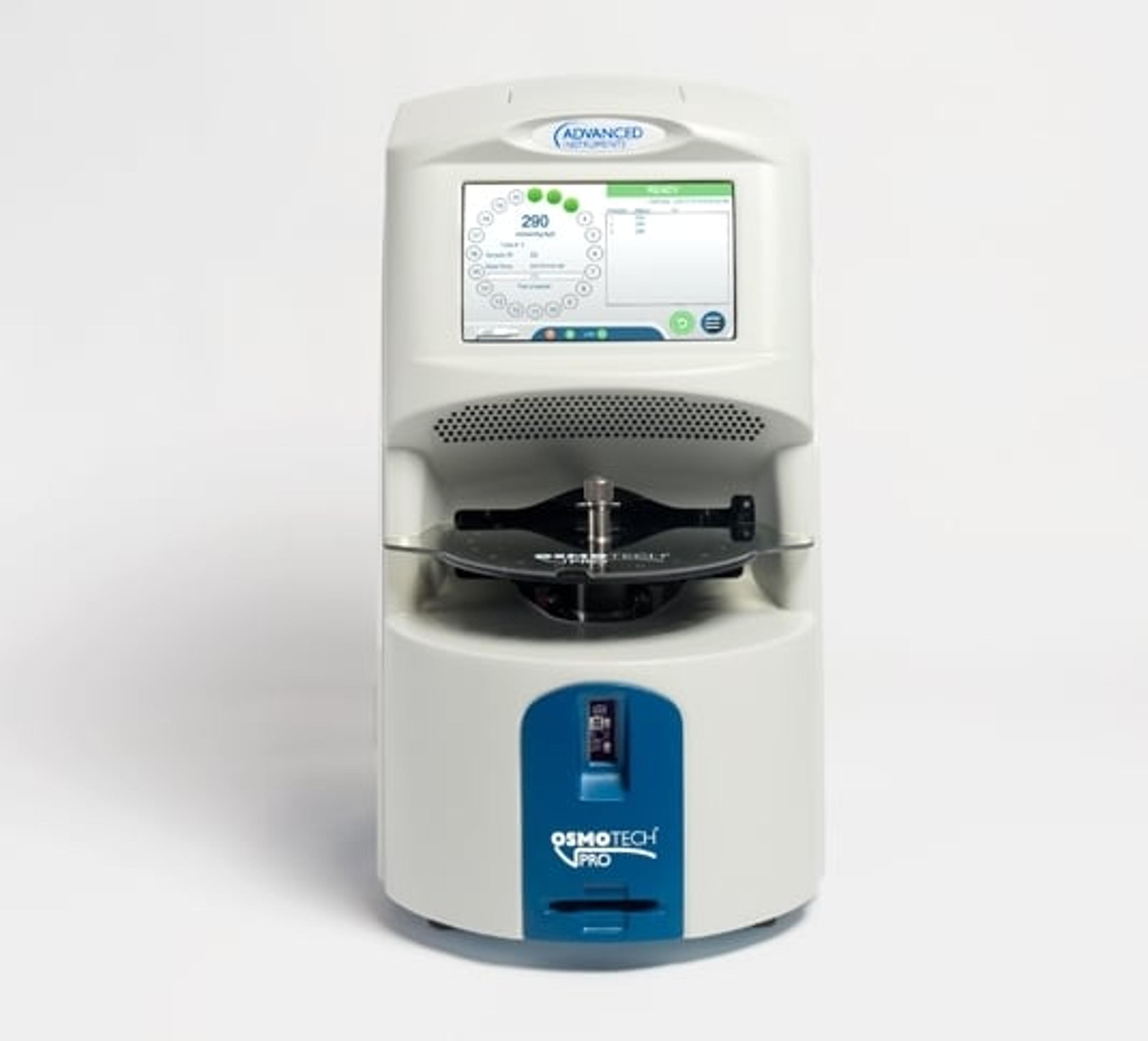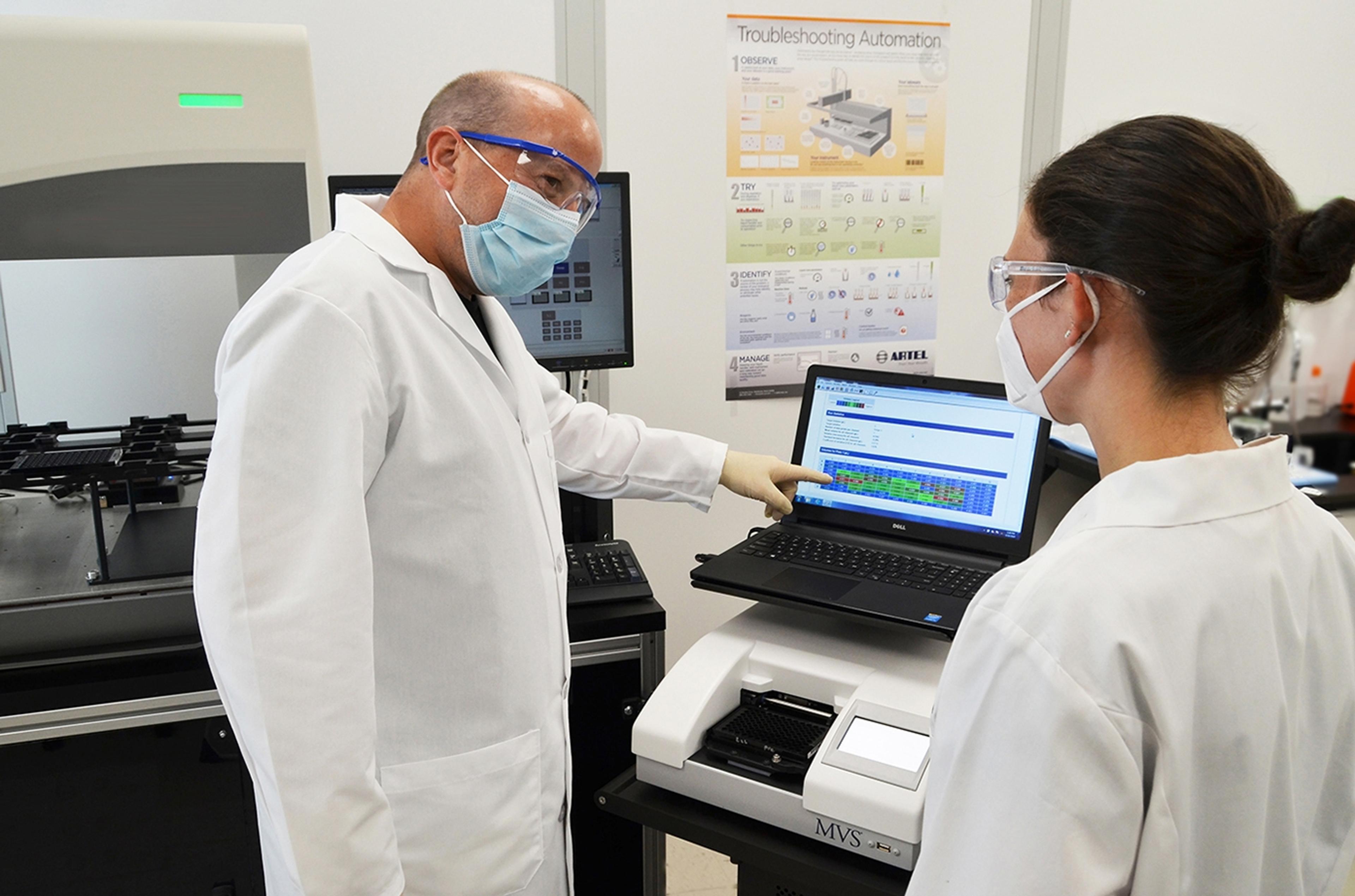Artel Pipetting Proficiency Certification
Data quality starts the minute you pick up a pipette, but ensuring accurate and precise liquid transfer requires good technique and few people are trained in what to do. Designed to meet the needs of all laboratory personnel who use pipettes, this one-day, hands-on training seminar conducted at your facility overcomes this gap in training.
It's easy to use, repeatable, reliable, and fast.
For In-House Pipette calibration.
Great product, great people and flawless training.
Review Date: 19 Oct 2023 | Advanced Instruments
Wonderful service and pricing
Microbiology
Very easy to contact. Real people helped to answer my questions. The turnaround was quick. The online form was easy. The pricing seemed fair and reasonable.
Review Date: 25 Mar 2022 | Advanced Instruments
Data quality starts the minute you pick up a pipette, but ensuring accurate and precise liquid transfer requires good technique and few people are trained in what to do.
Designed to meet the needs of all laboratory personnel who use pipettes, this one-day, hands-on training seminar conducted at your facility overcomes this gap in training by teaching;
- Pipette Mechanics
- Proper Technique
- How to Identify Causes of Pipette Failure
- How to Recognize Ergonomic Risk Factors and Sources of Stress.
- Participants are awarded a Gold, Silver, or Bronze pipetting medal and an official Artel Certificate of Proficiency after passing both the written and practical exams.
Your organization will receive:
- A summary table with participant names, exam scores, medals, CV, and inaccuracy data
- Proficiency certificates, pipetting score sheets from the hands-on practical exam, as well as copies of the written exam for all participants
- Copy of the exam key
- Wall posters for all participants: 10 Tips to Improve Pipetting Technique
Syllabus
Part I – Pipettes in the Laboratory Overview
- Understand the mechanics of pipettes
- Identify causes of pipette failure
- Define guidelines on calibration frequency, number of data points, and tolerance limits
- Assess the need for operator training with guidelines for training and testing
Part II – Mitigating Pipette Operator Variability
- Perform “as-found” operator proficiency evaluation
- Participate in hands-on standardized technique training session
- Apply new skills in a post-training practical exam
Part III – Ergonomics
- Recognize risk factors, sources of stress, common problems
- Discuss laboratory and workstation design
Part IV – Written Test Covering the Day’s Topics





